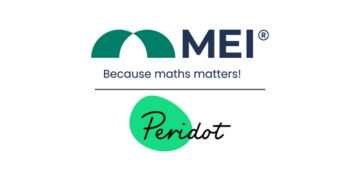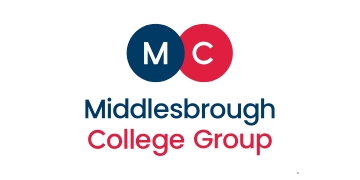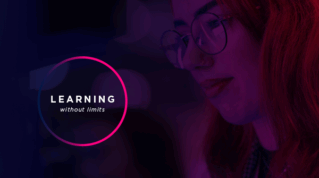You don’t need me to tell you that AI represents a watershed moment, a pivotal point in education, or a revolution on a par with the last one. And it genuinely is, by the way. AI has made designing lesson resources, pitching for jobs, authoring drafts of technical documents, and, well, anything that you’ve put off, quicker, easier, and more possible. Just make sure you check its output first.
Teachers are, of course, the real creatives when it comes to finding the use cases for our digital friends of ChatGPT, Claude, Gemini, and the others. A mystery in English, done. A business marketing strategy, bam. A case study of your choice, well there it is.
While there is some debate on how to get the best out of these bots, the core teaching skills of defining objectives, precise instructions on what you are looking for, and giving it feedback and asking for improvements are conveniently essential to it.
In its advice on ‘prompt crafting’ in Copilot, Microsoft even use the acronym of GCSE, this time meaning Goal, Context, Source and Expectation. A goal giving it precise instructions on what you want (an essay plan), the context of who will be using it (for A Level Sociology students), a source such as material to include (on crime and deviance), and then giving clear expectations (500 words, include headings) will help ensure the bot keeps on track.
But just as we need practice to develop our ‘AI literacy’, talking about what works with chatbots and AI with students is a conversation that needs to keep happening.
AI, as it currently stands, is very good at developing frameworks, models and providing feedback. Used to refine ideas and suggest a plan of action, it can be an excellent guide for students to start to structure their work. However, pasting student text into the bot will mean it’s swallowed for its training data in most cases. So don’t do it.
But it often falls into an ‘uncanny valley’ where it is used to write an assignment, especially when used by those looking to solve the problem of a pressing deadline. It looks close to the ‘real’ thing but fails to hit the mark. This is changing by the day as the technology grows and even now no one can pinpoint AI-generated text with certainty all the time. Not you, not me, not any of the AI detectors.
Reforming our assessment strategies is becoming essential
This is where AI literacy, clear guidelines for student use and reforming our formative and summative assessment strategies are becoming essential.
For continuously assessed courses, that might mean presentations or research tasks that are more focused and require a level of practicality. For written exam-based subjects, seeing what it generates and improving upon them or critiquing them can be convenient source of ‘synthetic’ examples. And as far as maths goes, there are better tools out there to answer questions with, but generating long-form functional questions is something AI tackles with enthusiasm.
Teachers are already moving in these directions, but if you haven’t asked one of the bots a question from your course, try it. As first step in assessing your assessments, it can be quite a sobering moment seeing words flow with fury from the page.
The most popular chatbot currently defaults to a list style and an over-use of ‘furthermores’, ‘moreovers’, and ‘in conclusions’ if asked to write an essay, but those markers will change as it adapts to what its users want.
Combining theoretical assignments with the skills we want students to develop for their professions has always been the mission of further education. This will make it more so.
These assessment reforms will need not only to ensure student work remains authentic, but also start to respond to how AI is being incorporated into the workplace.
This will look different in each vocation. Whether that’s using the bots to develop presentation materials, incorporating these technologies to super-charge office and editing packages, or deploying them image recognition that diagnose problems in engineering, gaining familiarity with what is already happening in our industries and authentically mirroring that in college will be the challenge of the decade.












Fantastic article Daniel. Well done.